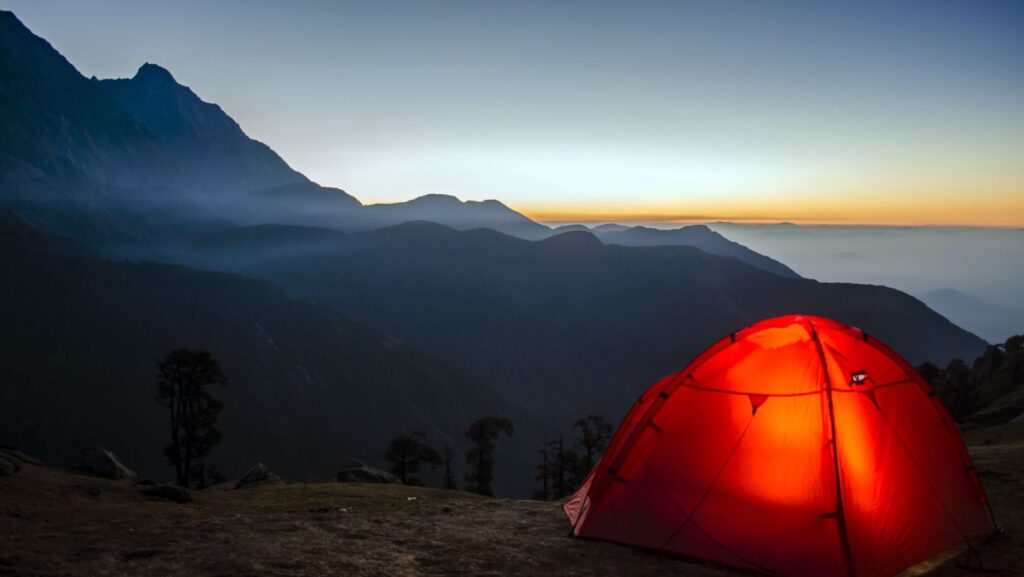Outdoor Gear Organization
Organizing outdoor gear boosts efficiency and ensures dependable gear condition. These two aspects form the cornerstone of an enhanced adventure experience. Improved space utilization is a direct consequence of organized gear.  Items neatly tucked into designated compartments reduce clutter, ensuring efficient use of storage space. Consider a backpack, where sleeping bags, tents, and compact stoves nestle neatly in specific sections. This approach prevents wasting space, enabling explorers to carry more gear in smaller spaces. Moreover, it facilitates quick access to items, fostering efficiency during outdoor expeditions.
Items neatly tucked into designated compartments reduce clutter, ensuring efficient use of storage space. Consider a backpack, where sleeping bags, tents, and compact stoves nestle neatly in specific sections. This approach prevents wasting space, enabling explorers to carry more gear in smaller spaces. Moreover, it facilitates quick access to items, fostering efficiency during outdoor expeditions.
A crucial aspect of gear organization revolves around preservation of gear condition. Proper storage mitigates damage, extending the operational lifespan of the gear. For instance, stashing climbing ropes coiled and away from sharp objects helps maintain their integrity. Similarly, packing stoves and fuel canisters separately prevents accidental ignition, contributing to safety. Therefore, diligent organization not only ensures the longevity of gear but also safeguards the adventurer’s investment.
Assessing Your Outdoor Gear Inventory
Inventory assessment stands as the foremost step in effective outdoor gear organization. It serves to provide a clear picture of what precisely each adventurer possesses. Gear classification provides structure to the organization.  By sorting items into their specific categories—such as clothing, navigation tools, survival kits—it’s easier to track each piece of equipment. Examples given, clothing would encompass jackets, boots, gloves, while navigation tools would imply maps, compasses, GPS devices, and the survival kit typically includes a first-aid set, multi-tool, emergency blanket.
By sorting items into their specific categories—such as clothing, navigation tools, survival kits—it’s easier to track each piece of equipment. Examples given, clothing would encompass jackets, boots, gloves, while navigation tools would imply maps, compasses, GPS devices, and the survival kit typically includes a first-aid set, multi-tool, emergency blanket.
Understanding an item’s frequency of use can prioritize its accessibility. Regularly used items, such as a water bottle or headlamp, deserve easy-to-reach spots. Conversely, things like spare batteries or extra food packs, which are less frequently used but essential for emergencies, can be stored further back. This approach eliminates wasted time and ensures efficient usage of gear, enhancing the overall outdoor experience.
Best Practices for Outdoor Gear Organization
This segment outlines effective practices to keep outdoor gear well-organized and in optimal condition. These tailored strategies include regular cleaning and maintenance, correct storage techniques, and informed labeling and classification. Proper upkeep of outdoor gear consists of two fundamental routines: cleaning and maintenance. Regular cleaning, after each use, eliminates dirt and potential bacterial build-up, thus keeping the gear in excellent condition. Maintenance, on the other hand, involves checking the gear for any damage or wear and tear. For instance, boots may require proofing to maintain their waterproof qualities, or camping gear may need to be checked for tears and holes to ensure functionality during adventures.
The longevity of outdoor gear connects intrinsically to how it’s stored. Proper storage ensures gear safety and effortlessly extends its lifespan. The key is to keep gear dry, clean, and free from sharp objects that can cause damage. For instance, clothing should be thoroughly dried before storage to inhibit mold growth. Similarly, sharp items like knives and climbing gear must be kept in a padded or protective container to prevent harm to other gear.
A proficient organization system incorporates labeling and classification of gear. It eases the retrieval process, especially when gear is grouped by frequency of use, type, or by their necessary conditions (like weather). For example, one might label bins as “hiking,” “camping,” “winter sports,” etc., to simplify locating specific gear. Appropriate labeling also assists in ensuring that much-needed equipment is not forgotten in preparation for outdoor adventures. This method uplifts the efficiency of gear use and contributes to a better overall outdoor experience.
Remember, it’s not just about what you have, but also how you store and maintain it. Regular cleaning, proper storage, and efficient labeling go a long way in ensuring your gear’s longevity and readiness for your next adventure. And while commercial systems offer convenience, don’t overlook the cost-effectiveness and personal touch of DIY solutions. Be mindful of your budget and space, and remember to avoid common organization pitfalls. With these insights, you’re well on your way to a more organized, efficient, and enjoyable outdoor adventure. Because at the end of the day, it’s all about making the most of your outdoor gear, and a well-organized gear system is a big part of that.

